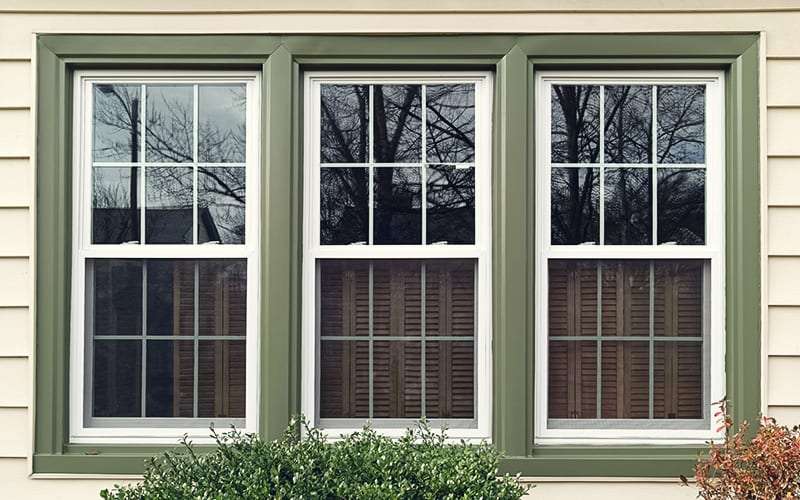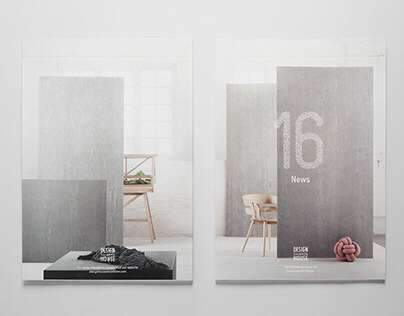Home safety and basic protection methods

CCTV scanning
JCT contract

The most powerful way to protect your home
Construction detail
Room data sheets

Electricity and lighting plan
For more architectural news




I am an architectural journalist and publisher interested in highlighting and presenting interior design best practices to my audience. I am always looking for new stories and ideas that will inspire my readers and enhance their lives

Even with more than twenty years as a furniture and design brand, Design House Stockholm had never targeted arcitects, interior designers and the contract market. In 2016 the company made a strategic decision to reposition the brand towards a younger, more professional design audience.Design House Stockholm was founded in 1992 with the ambition to be a…

Challenges of recruiting manpower in the contracting industry,Every industry faces daunting challenges year after year, and the construction industry is no exception.Over the past two years, the construction industry has been hit hard by the pandemic, supply chain delays and…

Flamberge gin VOLume 95%Weighing in at an eye-watering 95% ABV, a little will go a long way with this gin – make sure to dilute well! The gin set includes a nozzle that attaches to the bottle and ignites. Can be used as an alternative to ordinary candle holders.The strength of the drink is enough to…

In this article, we explore a residential project constructed in Cuajimalpa, a neighborhood in Mexico City, between 2014 and 2016. The discussion centers on key elements: an overview of the project and its location, the architectural design, the construction process,…

Exhibition pavilionStatus: Concept designLocation: Sydney, AUYear: 2019Image: Lunance

Retail design is a creative endeavor that brings together expertise in architecture and interior design. It also includes graphic design elements, product displays, functionality, and point-of-sale advertisements.The retail design arena offers a wide variety of options, but to be successful,…

Even with more than twenty years as a furniture and design brand, Design House Stockholm had never targeted arcitects, interior designers and the contract market. In 2016 the company made a strategic decision to reposition the brand towards a younger, more professional design audience.Design House Stockholm was founded in 1992 with the ambition to be a…

Challenges of recruiting manpower in the contracting industry,Every industry faces daunting challenges year after year, and the construction industry is no exception.Over the past two years, the construction industry has been hit hard by the pandemic, supply chain delays and…

Flamberge gin VOLume 95%Weighing in at an eye-watering 95% ABV, a little will go a long way with this gin – make sure to dilute well! The gin set includes a nozzle that attaches to the bottle and ignites. Can be used as an alternative to ordinary candle holders.The strength of the drink is enough to…

In this article, we explore a residential project constructed in Cuajimalpa, a neighborhood in Mexico City, between 2014 and 2016. The discussion centers on key elements: an overview of the project and its location, the architectural design, the construction process,…

Exhibition pavilionStatus: Concept designLocation: Sydney, AUYear: 2019Image: Lunance

Retail design is a creative endeavor that brings together expertise in architecture and interior design. It also includes graphic design elements, product displays, functionality, and point-of-sale advertisements.The retail design arena offers a wide variety of options, but to be successful,…

Even with more than twenty years as a furniture and design brand, Design House Stockholm had never targeted arcitects, interior designers and the contract market. In 2016 the company made a strategic decision to reposition the brand towards a younger, more professional design audience.Design House Stockholm was founded in 1992 with the ambition to be a…

Challenges of recruiting manpower in the contracting industry,Every industry faces daunting challenges year after year, and the construction industry is no exception.Over the past two years, the construction industry has been hit hard by the pandemic, supply chain delays and…